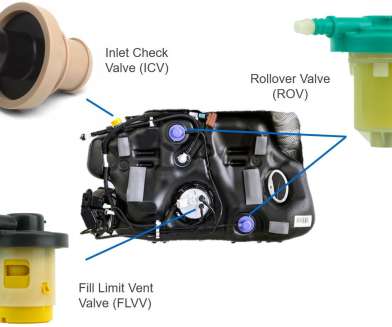Eaton introduces set of products to reduce vapor emissions during refueling; LEV III regulations
Green Car Congress
JANUARY 14, 2021
This problem is even more pronounced in hybrid-electric vehicles, which require special measures to address evaporative emissions as the gas engine only operates intermittently, creating the need to store pressurized fuel vapor. A Fuel Tank Isolation Valve is offered for use in hybrid electric vehicles.












Let's personalize your content